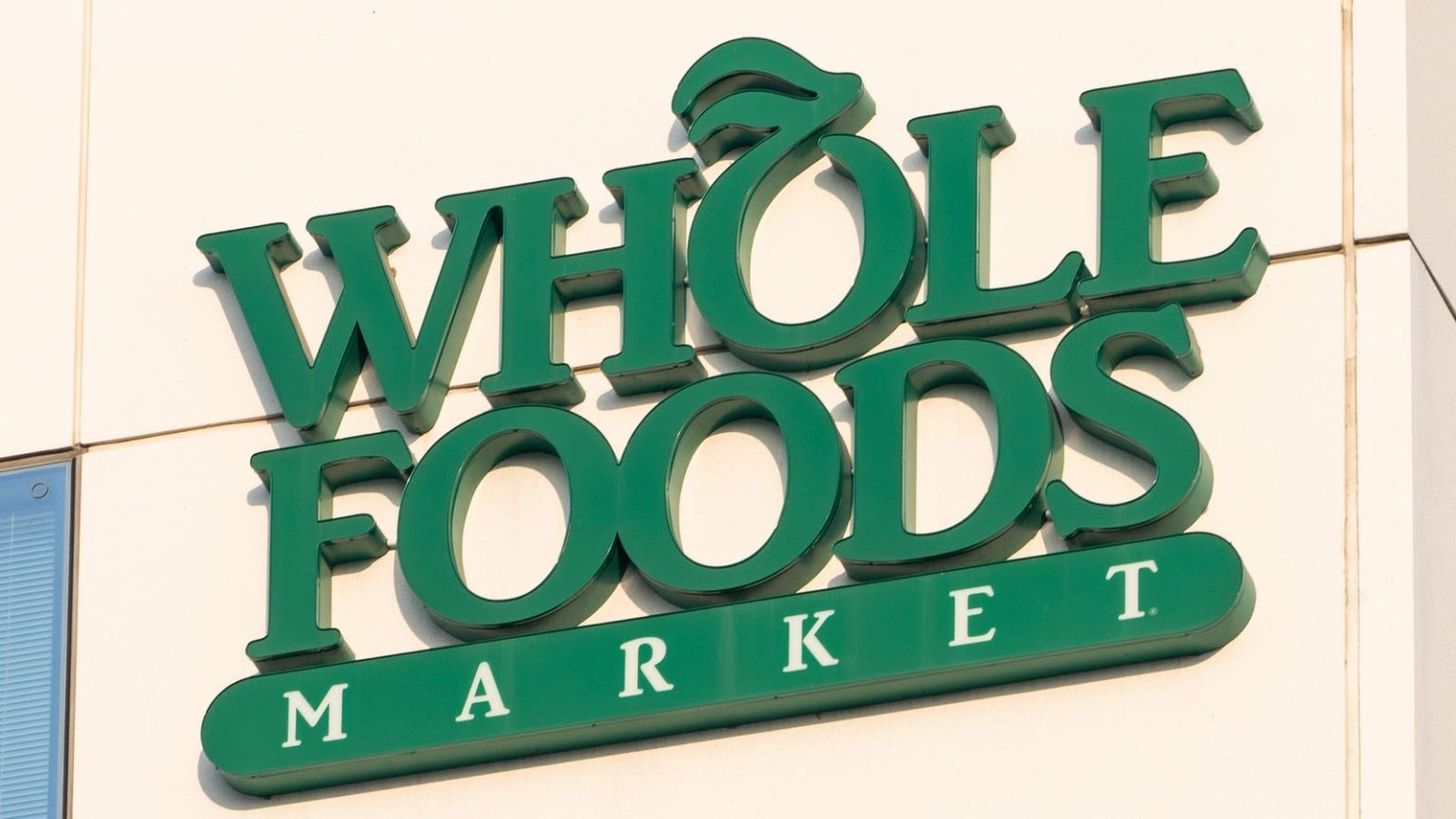For the ninth consecutive year, Whole Foods released its food trends forecast for 2024. Last year, many of the retailer’s predictions were accurate and translated on shelf most notably a surge in climate claims on product packaging, the continued popularity of avocado oil and the rise of premium pet food. With Whole Foods being a premium grocer and attracting an affluent demographic you can take these trends with a grain of salt as won’t represent larger market grocery trends. That being said, many food and beverage trends are not just about premiumization, and even discounters like Lidl or Aldi are increasing their offer of organic, environmentally-friendly produce and healthier product alternatives. Here are five trends Whole Foods’ identified as the next 10 big trends in the food industry?
1.Putting The “Plant” Back In “Plant-Based”: with the rise of flexitarian and vegan diets, many meat-free alternatives have flooded the market, with Impossible Foods and Beyond Meat leading the movement. However, it seems consumers are not necessarily interested in animal alternatives made from a long list of products they do not understand, and would rather eat veggie burgers and other products made of vegetables and ingredients they can understand. Whole Foods is seeing a rise in minimalistic vegan products with shortened ingredient lists, such as veggie burgers and other meat-based alternatives made of mushrooms, walnuts, tempeh and legumes instead of lab-grown proteins and chemicals.
2.Women’s Health Becomes Top Of Mind: there has been a very concrete surge in awareness around the importance of hormonal health on a woman’s overall health, with learnings around the impacts of certain foods on cycle health becoming more common. As a result, many brands are seeing this as an opportunity to fill a gap in the market and offer solutions to support women no matter their cycle or concerns (menstrual cycle, menopause, pregnancy…etc). “We’re seeing more brands making products to support periods, pregnancy, postpartum, menopause and even sleep that address life stages and symptoms previously swept under the rug. Food innovators are introducing specially formulated bars and snacks for cycle health, like menopause energy bars, at industry trade shows and conferences,” shared Whole Foods Market’s Trends Council. Shelves are seeing an influx of seed cycling energy bites, food supplements for menopause and herbal teas helping with period pain or lactation.
3.Bringing A Caffeine Boost With Added Benefits: Adaptogens and probiotics have been on the rise for the past few years, although they remain quite niche, appealing mainly to the health and wellness enthusiasts. To tailor to a more general audience, brands in this space are innovating to incorporate these ingredients into popular beverages, including coffee. Mainly, consumers can now find coffee and energy drink products with added mushrooms or probiotics, giving them the energy boost they need with the extra health benefits, allowing for elevated caffeine offerings.
4.Product Claims Focused On Water Conservation Are On The Rise: products with ESG-related claims accounted for 56% of all grocery retail sales growth and now account for nearly half of all retail sales, based on a study led by McKinsey and NielsenIQ. Consumers – even price sensitive shoppers – are looking for products made in a more environmentally conscious way, which has fuelled many brands to review their value chains. Now, it seems that water preservation might be a key purchase driver for shoppers as they look for water-conscious products, from household products to personal care and even food brands using water from fruit by-products.
5.Making Space For Indulgence And Little Luxuries: brands seem to jump in on the TikTok trend of “Little Treat Culture”, where content creators share the emotional joy of a macaron or fizzy functional beverage. These moments of joy are being brought by lavish small treats, from individual serving packages of truffles to a moisturizing sheet mask and a milk tea. Self-care has been on the rise and is being manifested across categories, giving brands a lot of bandwidth to capitalize on this trend.
The five other anticipated food trends for 2024 include a rise in whole cacao fruit usage in products rather than just cacao mass, the increasing use of buckwheat flour in pasta, granola or crackers, a revival of the instant noodle offerings, a growth in faux-fish offerings and a new wave of complex heat, with pepper-infused drinks, scorpion-pepper infused sauces and spicy candy.
Whole Food’s list of brands capturing each of the trends that will shape next year’s grocery market can be found here.
Read the full article here





